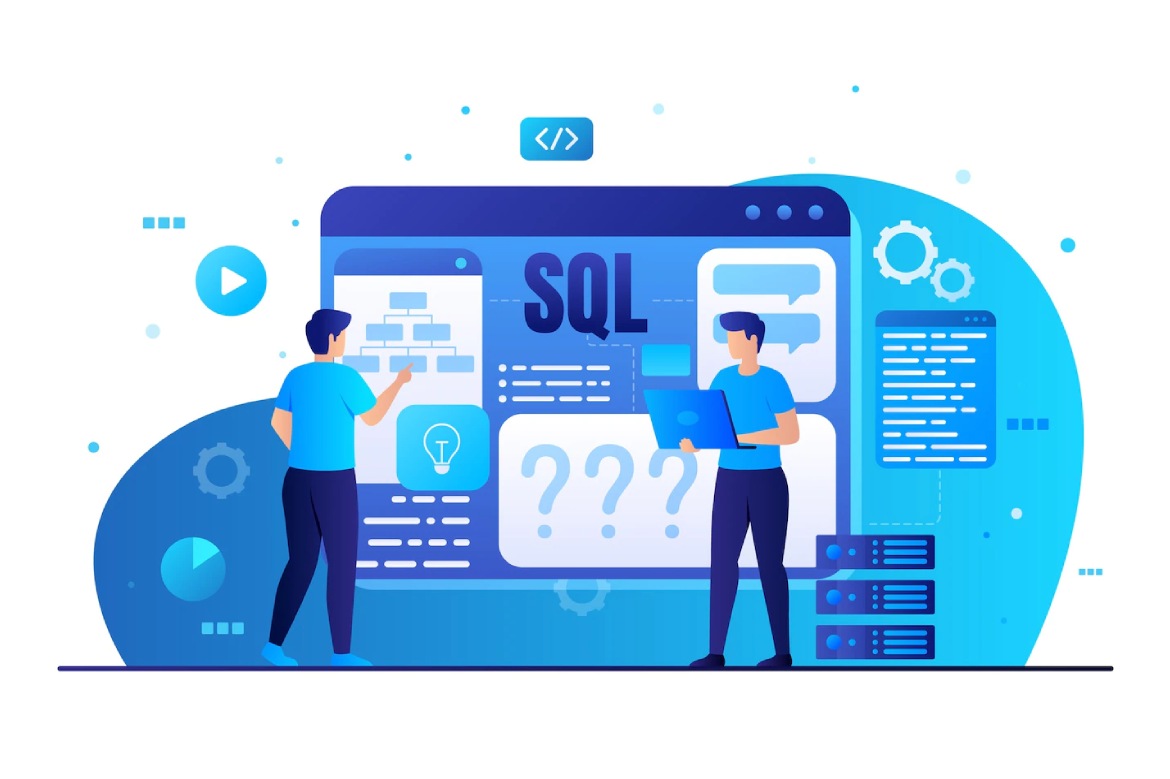Big data statistics is a rapidly expanding market. Statista forecasts a compound annual growth rate (CAGR) of almost 30% in the coming years, and revenue is set to exceed $68 billion by 2025. Data management has become key to transforming modern businesses, and databases play a major part in keeping this vast amount of important information organised and easy to access. In this feature, we’re going to talk about the two types of databases and their differences that are so vital for businesses in 2022 and beyond.
Table of Contents
How Did The Two Types Come To Be?
Unstructured data is complex and difficult to process using traditional means. This calls for the use of data management platforms to properly organise data according to volume, variety, and velocity. And while databases have been around for more than 50 years, it has evolved from flat file-based types into the modern relational and non-relational databases we know today.
In the past, databases usually fell into one of the following categories.
- Flat file databases that consist of data maintained in file systems
- Hierarchical file-based databases that are similar to the former, with the exception of files sharing a parent-child relationship
- Relational databases wherein data is managed in tables
- Non-relational databases wherein data is housed in customised databases
What Are Relational Databases?
Relational databases are also known as relational database management systems (RDMS), and primarily function using Structured Query Language (SQL). This process or form of data storage involves storing data in tables that use columns to help differentiate and define the kind of information being stored, as well as rows that hold the actual data. Relationships can also be produced between these tables.
Whenever new data is added, the tables adjust accordingly either through the use of new records, or the addition of new tables. Relational databases have their own advantages. They provide high levels of data accuracy, it’s easier access to data, reliable security, data integrity, and function using simplified models. Moreover, SQL uses the same principles to break down information which requires users to input data with clear regulations for best results.
What Are Non-Relational Databases?
On the flipside, non-relational databases do not always rely on SQL, which is why it’s often called NoSQL databases. These databases store data in a non-tabular format, often involving a large variety of data formats. Two common subtypes of NoSQL databases are document-oriented databases and key-value stores. The first one supports data such as strings, numbers, dates, arrays and objects, and the second one is responsible for keys and value.
NoSQL databases are widely used because they are more adaptable and flexible than relational databases. Some of the other advantages are that they allow for simple data management, greater readability, enhanced ability, open-source options, high performance, and better scalability. Moreover, NoSQL perform faster because they don’t have to view several tables in order to determine answers, unlike SQL.
Which Database Should You Opt For?
There isn’t necessarily a database type that is better than the other. As explained in a comparison article by MongoDB, both database options have different strengths and weaknesses. NoSQL is generally a better option for modern applications that involve more complex, constantly changing data sets. Nowadays, NoSQL databases are commonly useful for horizontal scaling in cloud-based environments.
But for projects where data is predictable when it comes to structure, size, and frequency of access, going the relational data route might be the best choice. Common examples of data models that suit relational databases include purchase histories, financial records, individual user events, employee data, and internal records. Therefore, the difference lies in their structure and unique abilities.
Conclusion
In the age of big data, choosing correctly between SQL and NoSQL is critical to successfully process this information and assist with evaluation. Both database types will offer advantages that different organizations may find useful, depending on their needs. To learn more about data management or read about the latest in tech, check out our other articles here at Tech Trends Daily.
Also Read: Big Data For SMEs, The Importance Of Data Analysis




